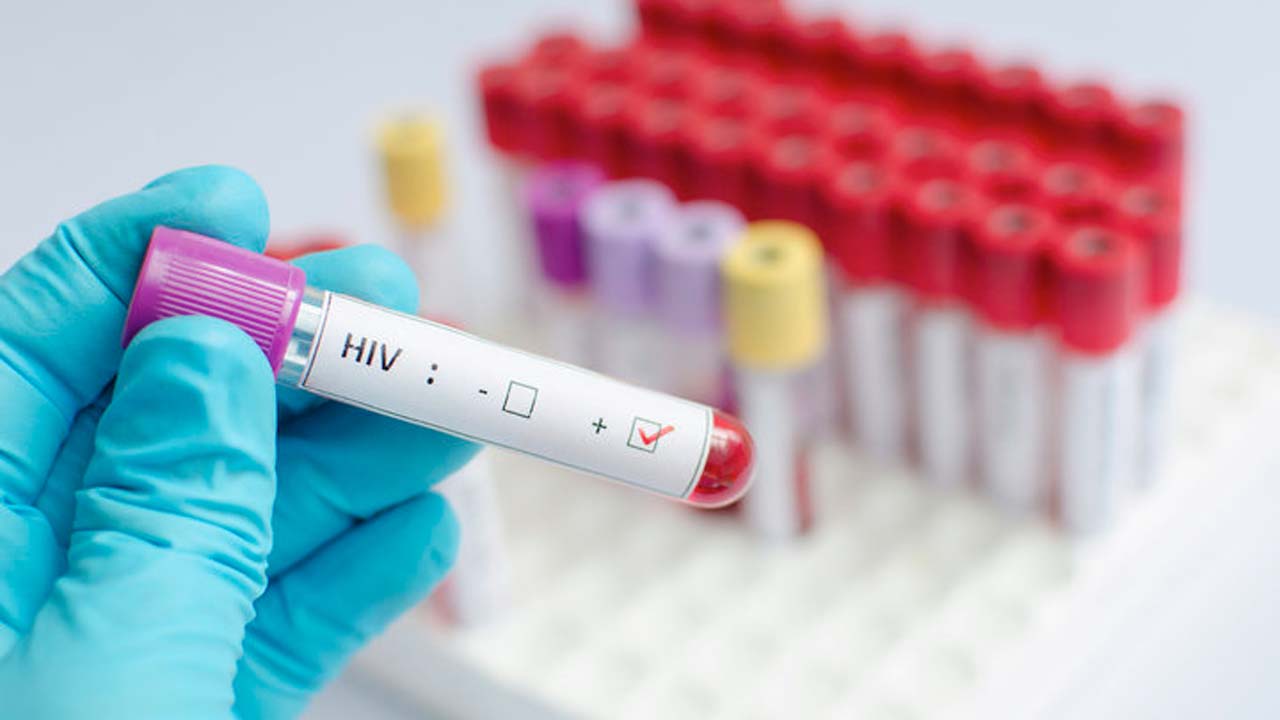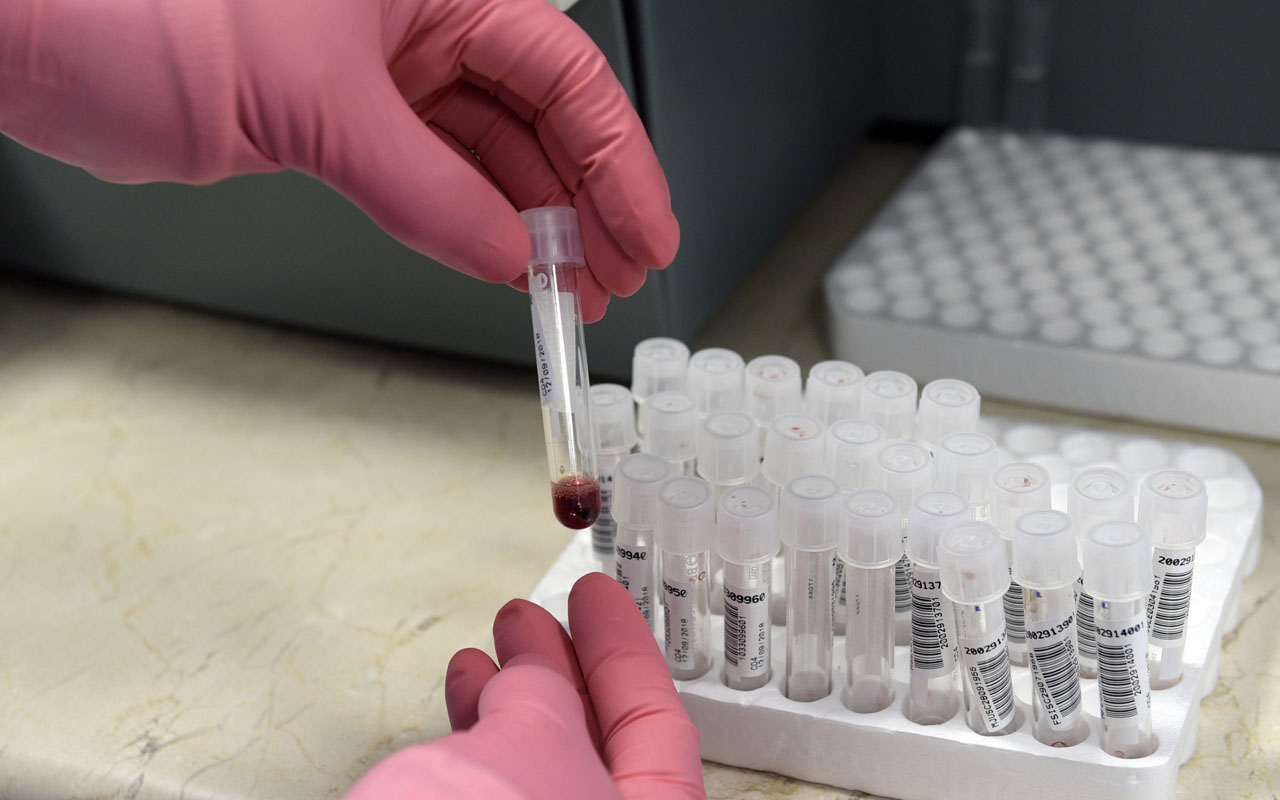Gastroenteritis is an inflammation of the gastrointestinal tract (the pathway responsible for digestion that includes the mouth, esophagus, stomach, and intestines). Gastroenteritis is also sometimes referred to as “stomach flu,” even though it may not be related to influenza.
Who is at risk for gastroenteritis? Anyone can get the disease. People who are at a higher risk include: Children in daycare; Students living in dormitories; Military personnel; Travelers.
People with immune systems that are weakened by disease or medications or not fully developed (i.e., infants) are usually affected most severely
What causes gastroenteritis? Gastroenteritis can be caused by viral, bacterial, or parasitic infections. Viral gastroenteritis is contagious and is responsible for the majority of outbreaks in developed countries.
Common routes of infection include: Food (especially seafood); Contaminated water; Contact with an infected person; Unwashed hands; Dirty utensils.
In less developed countries, gastroenteritis is more often spread through contaminated food or water.
What are the symptoms of gastroenteritis? The main symptom of gastroenteritis is diarrhea. When the colon (large intestine) becomes infected during gastroenteritis, it loses its ability to retain fluids, which causes the person’s feces to become loose or watery. Other symptoms include: Abdominal pain or cramping; Nausea; Vomiting; Fever; Poor feeding (in infants); Unintentional weight loss (may be a sign of dehydration); Excessive sweating; Clammy skin; Muscle pain or joint stiffness; Incontinence (loss of stool control)
Because of the symptoms of vomiting and diarrhea, people who have gastroenteritis can become dehydrated quickly. It is very important to watch for signs of dehydration, which include: Extreme thirst; Urine that is darker in color, or less in amount; Dry skin; Dry mouth; Sunken cheeks or eyes; In infants, dry diapers (for more than four- six hours).
*Dr. Anthony Nwaoney is an epidemiologist






